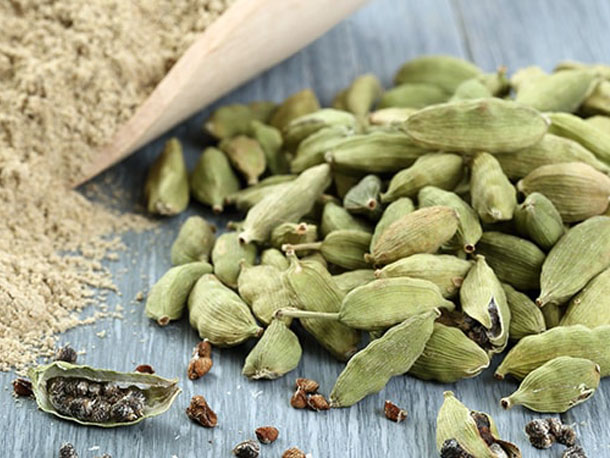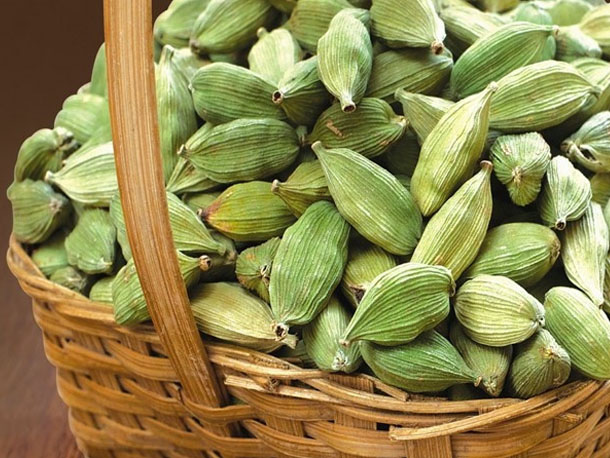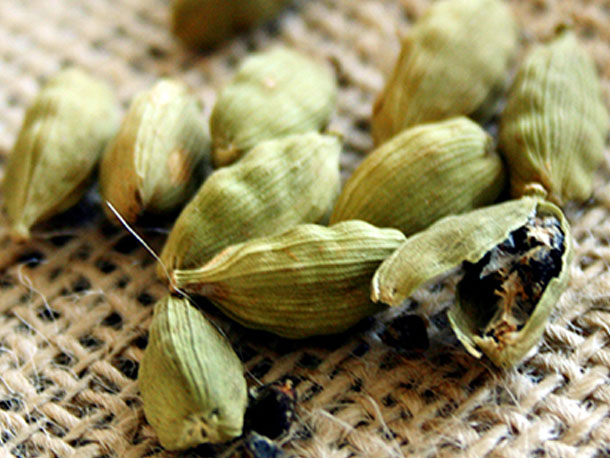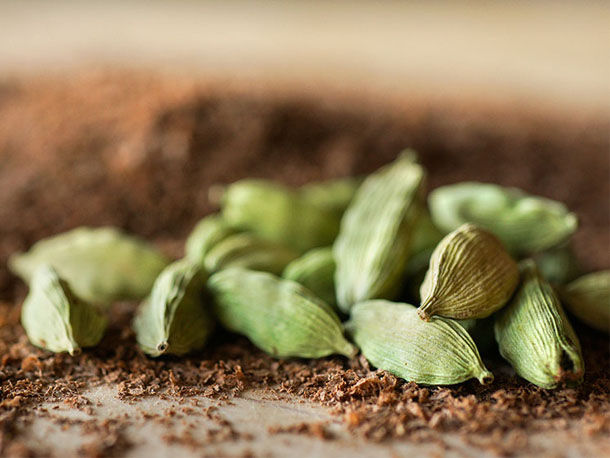Outlook for cardamom crop continues to divide opinion
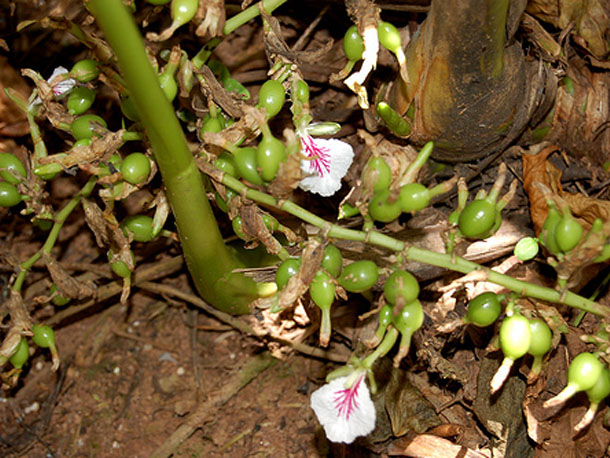
DEBATE continues over the likely final outcome of Guatemala’s 2012/13 cardamom crop, with some European dealers still convinced it will end up ahead of that of 2011/12, while others are claiming it will be lower.
Harvesting normally runs to March or April each year so a clearer picture could be some months away. In the meantime, the divided opinion on the crop inevitably also means differing views on the likely direction of prices.
On Monday, one Rotterdam trader told that based on his contacts with origin suppliers he remained convinced that the thrips insect in key growing areas of the country had destroyed as much as 20% of the bold green cardamoms from the crop. This meant that there would be larger volumes of the lower grade material than the bold greens, he claimed.
The trader noted that another outcome of this was a downturn in prices of lower grades in recent months but a consistently firm trend on the bold greens. He indicated a range of $16 to $18 a kg c&f for bold green material, $6.50 for seeds and $3.50 for mixed yellow quality (MYQ).
The trader explained that he now felt that the total crop size would amount to between 26,000 and 27,000 tonnes, down from the 30,000 tonnes originally anticipated.
In 2011/12, the crop was estimated at 28,000 tonnes, so even the lower end figure suggested for 2012/13 would not be drastically behind that.
Low estimates challenged
Moreover, Andrew Barker, managing director of PBA Brokerage, said three of his suppliers in Guatemala had indicated that the crop harvested so far was already around 23,000 to 24,000 tonnes and was estimated to end up in the range of 34,000 to 39,000 tonnes.
In addition, he said that the percentage of the crop damaged by thrips was likely to be 10% at the very most.
Mr Barker added that prices of MYQs and seeds were likely to decrease as the crop was so big while prices of the medium to large sized whole green cardamoms were likely to increase as thrips damage was limiting the amount of good quality whole greens.
Additional upward pressure on the latter would be created by the high prices for equivalent material from India, which was ranging from $16 to $18 a kg compared with the $10 to $11 a kg in Guatemala. Moreover, Saudi Arabia would need more green cardamoms than India could supply, so strong demand would be coming Guatemala’s way later this year, Mr Barker suggested.
Mumbai trader Emperor Akbar Green Cardamoms said that export demand for Indian cardamom had been significantly less so far in the 2012/13 season. “However, with Guatemalan crops having reached the markets, Indian qualities in the bold green grades continue to find buyers in the international markets,” it added.
The Rotterdam trader felt that shortages of green cardamoms from Guatemala had prompted buyers to turn to India. He cautioned that some European importers might be deterred by the risk of pesticide residues. However, the main market of the Middle East was less concerned on this issue and had been purchasing recently, albeit to a lesser extent than in the past.
Mr Barker was sceptical over the extent to which global buyers would opt for Indian cardamom in view of the origin’s much higher prices than Guatemala.
Adverse impacts of recession
The Rotterdam trader felt that overall demand for cardamom had dipped in the last 12 months, partly due to recessionary impacts. This had helped alleviate potential upward pressure on prices.
However, he felt that an upward correction in prices was to be expected later this year.
Emperor Akbar reported that arrivals from India’s latest crop were reducing. “We see not just the quality of arrivals sharply deteriorating over the last month but the total quantity of cardamom also reducing.”
The company also felt that estimates that India’s crop would not be more than 16,000 tonnes seemed to be proving accurate. Carryover stocks from last year’s bumper harvest had now been used up so shortages were starting to be felt and expected to have a more severe impact over the coming months.
Emperor Akbar added that Indian farmers were holding back some good quality stocks as they were anticipating a shortage in the coming months. Prices of these grades in India were expected to rise by between $3 and $4 a kg in the coming weeks.

